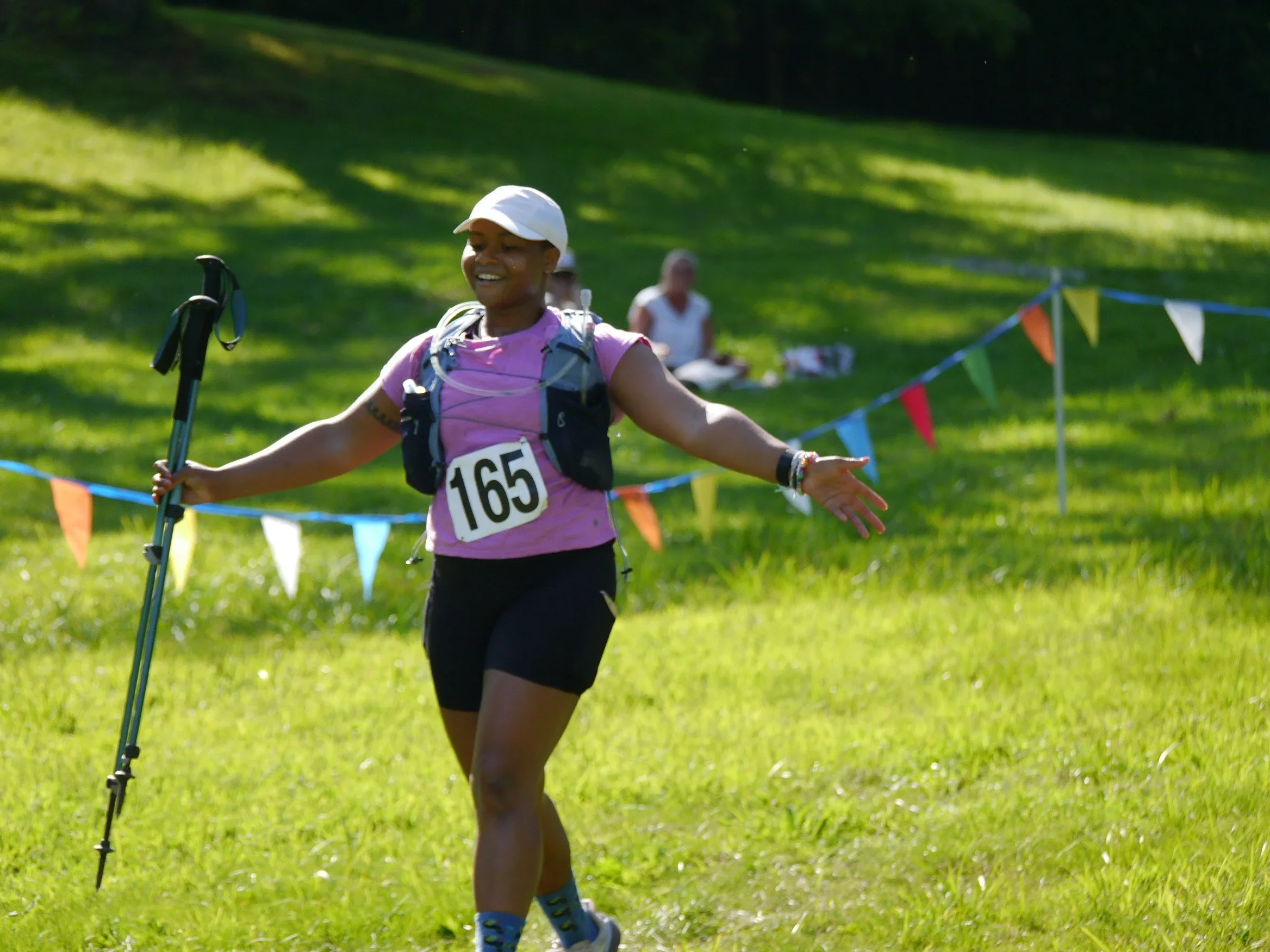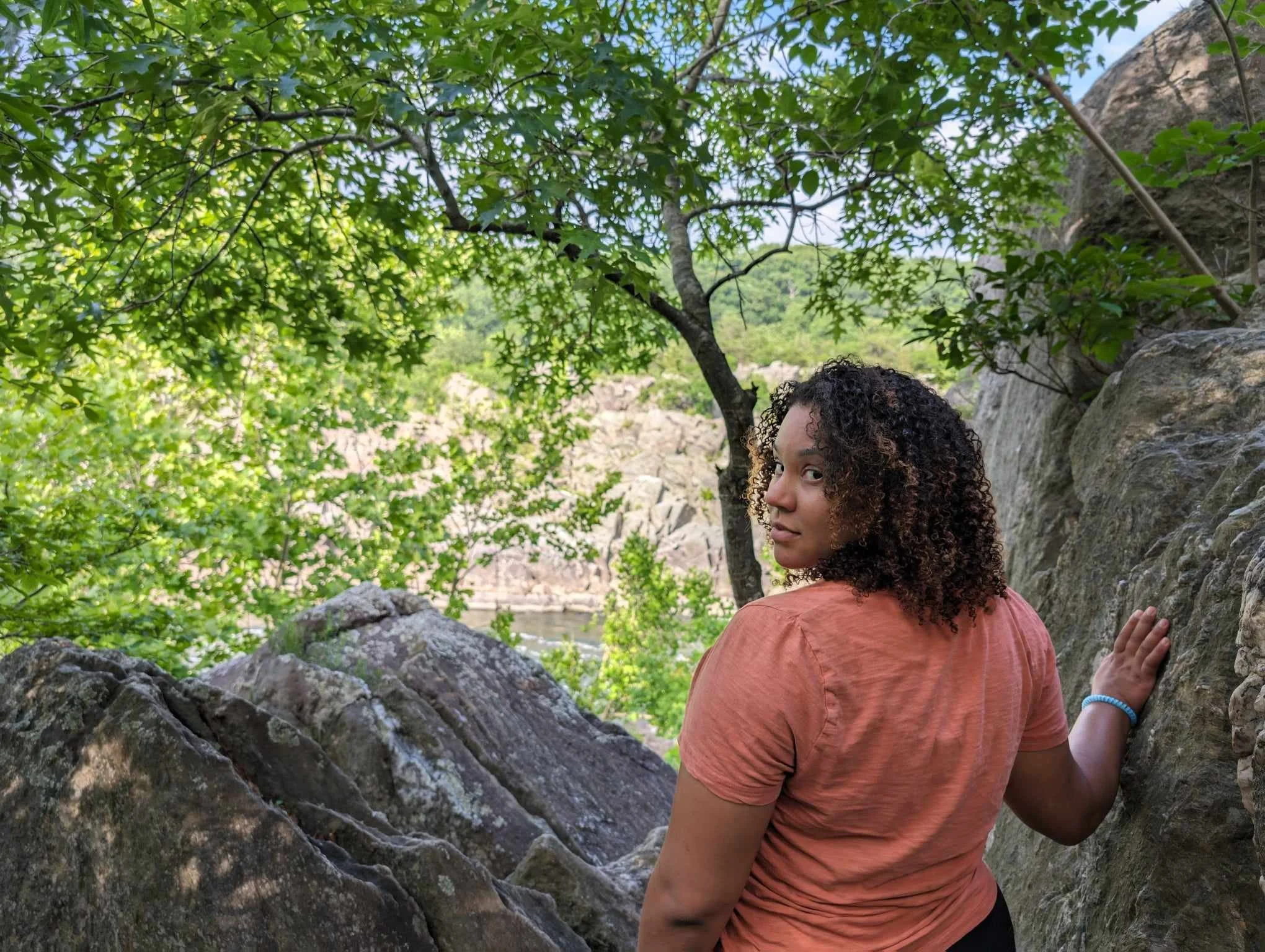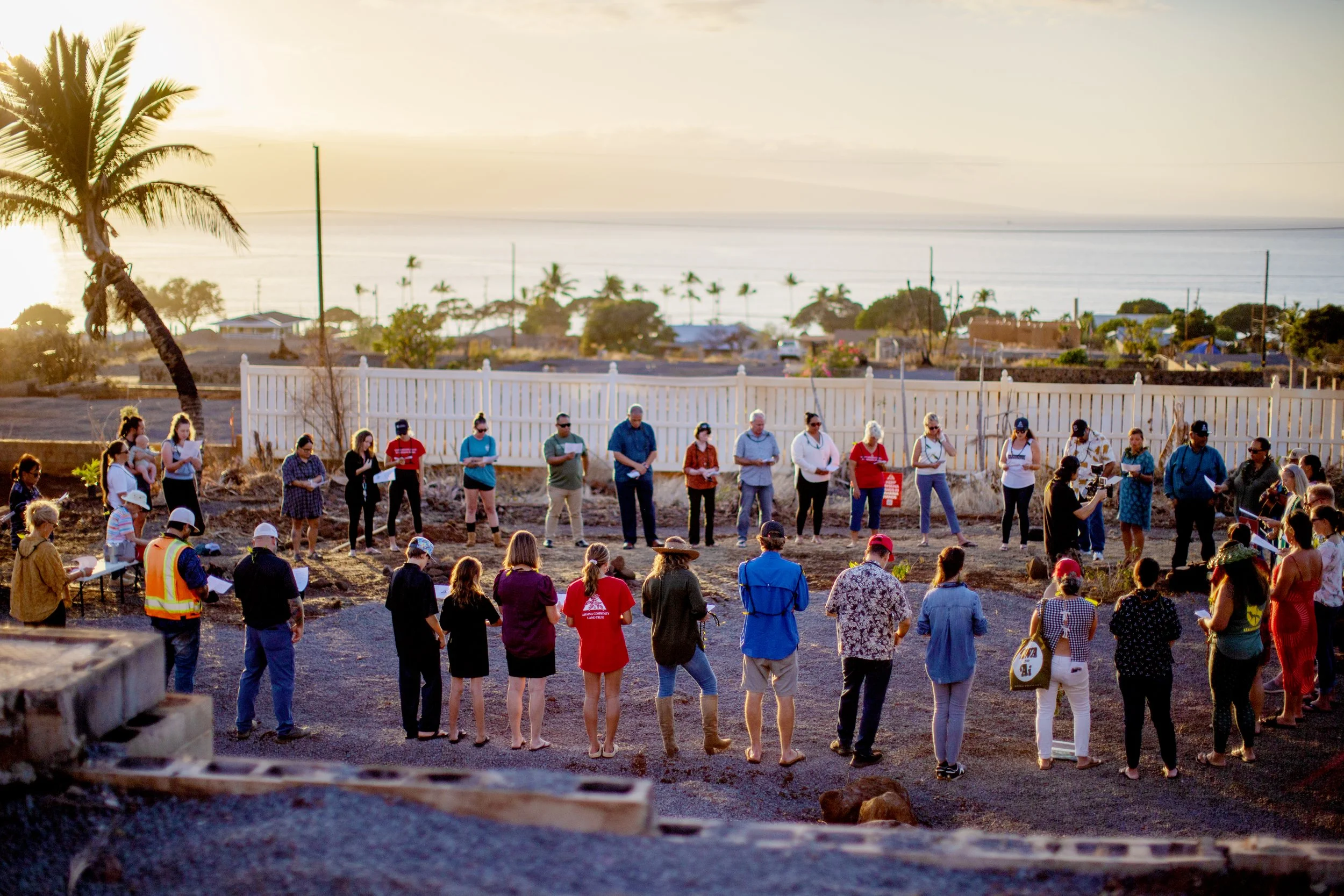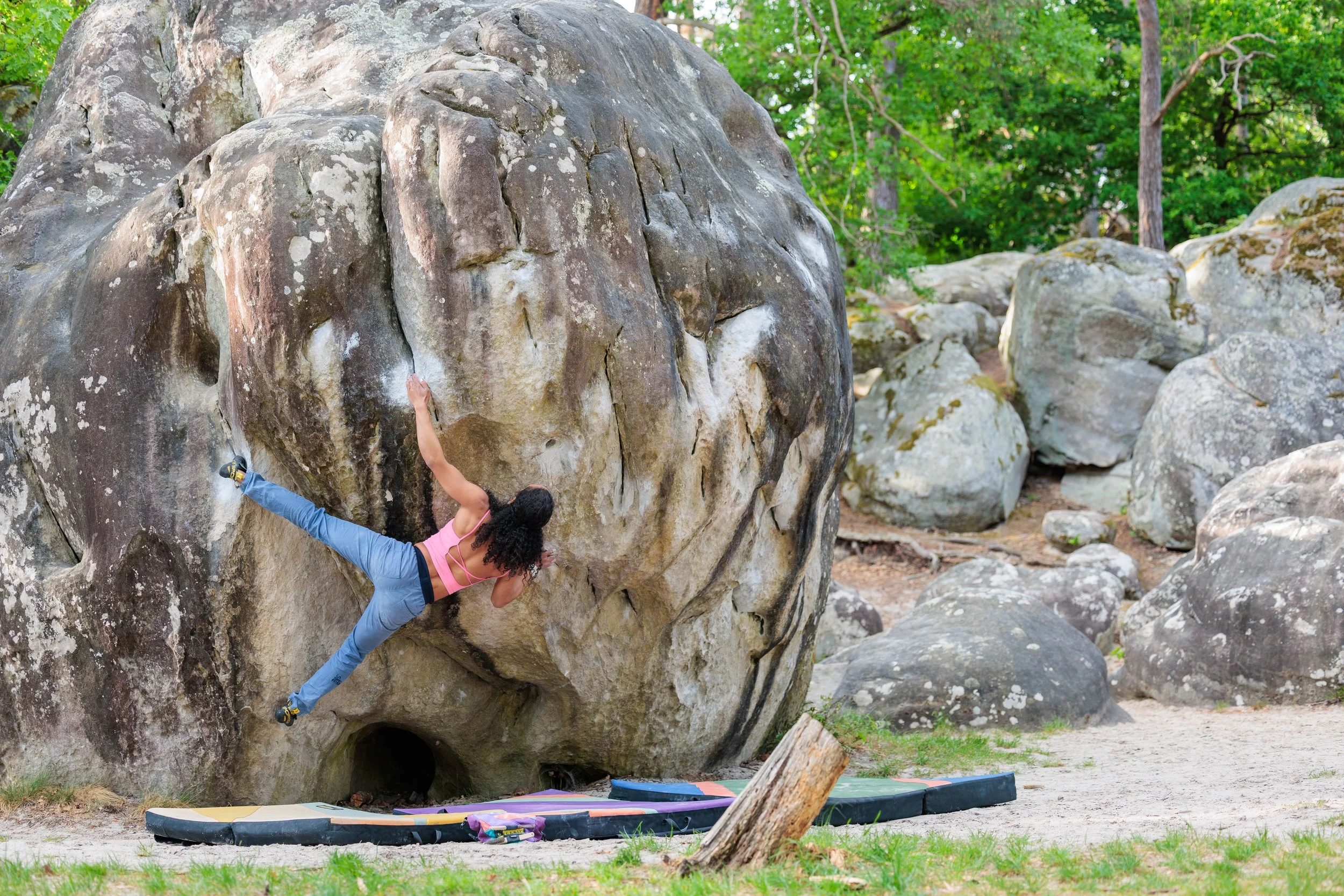Uncomfortable Drives
A variety of paddling rigs at a popular river takeout. Photo credit: Adam Edwards
I keep a list of possible article topics. I tend to jot one down when they come to me. The list has grown to a fair size. Fear, death, courage, bravado, and authority.
Tucked away towards the bottom of the list was a single word. The topics on either side of it had been crossed out—deemed either too odd or given life in essay. That word was transport.
The word had been scrawled hastily, it's letters slashed at an angle across the page. And once written it was quickly forgotten. So this time around when I was looking for article topics I decided to dig into transport.
The driving. The endless driving. During paddling season, I regularly drive a few hundred miles a week—usually accompanied by friends but at times solitary. I have a rule of never paddling for a shorter amount of time than it took me to drive to the river. To drive an hour for less than an hour of paddling seems frivolous. And if you drive a fuel inefficient vehicle that adds up quickly. To escape this I try to carpool as much as possible.
The more I thought about it the more I realized, or remembered, how resource intensive kayaking is. For example. I am currently on the east coast of the U.S. visiting family and friends. I am also here to paddle and participate in a number of local kayak races. I took a flight here and will take one back. I will drive to and from the river, some days multiple times. That is a significant increase in my transportation usage.
In an ideal situation, two vehicles with cargo or rack space would meet at takeout. One car would be loaded with all the boats and paddlers and driven to the top. Once all paddlers have reached the takeout again the car left there would load all boats and paddlers and take them to the top to pick up the other car. That is an ideal scenario. For that to happen paddlers would have to meet somewhere convenient beforehand and carpool to the river. What usually happens looks different. We all lead complicated lives; sometimes it is simply more efficient to drive ourselves than to carpool.
For me, the first issue of transport is the method of getting to the river. There is no reasonable solution for the majority of paddlers other than to carpool or utilize fuel efficient cars. There are obstacles though that include social networks, geography and income. We could limit ourselves to runs within our region or zone and explore only in large shared cost groups. But that is unlikely to happen for the many of us who cannot pick-up and relocate to a paddling mecca. Even in large groups, the needs of many do not always align and logistics become complicated.
Now let’s talk kayaks. Eventually they will leave something behind or break. Whether it's a crack or just scraping bits off against rocks try as we might to recycle and reuse our water couches, we still leave remnants of them in places we hold to be sacred or attempt to keep literally pure. Shavings of plastic can be found on the rocks of your favorite run. These mini remnants may be innocuous in comparison to some of the other items and substances that pollute the rivers we paddle. But these are also important. These remnants are of our own making. We can justly rage against the individual dumping industrial pollutants, like gasoline or oil, into the river but we must also own that we bring and use our fair share of petroleum products.
Longboats below a sometimes walked rapid. Photo credit: Adam Edwards.
Are kayaking and Leave No Trace ethics incompatible? It creates some cognitive dissonance because, by and large, paddlers are staunch supporters of conservation. Organizations like American Whitewater, local clubs, and regional conservation groups spend significant amounts of time lobbying local, state and federal government for protections for watersheds nationwide. So how do I address my personal discomfort with transport in my sport? Or any outdoor sport I participate in?
I believe we address these issues by staying informed. Outdoor recreation is an important driver of conservation. It is an easy way to show people how to value a resource, enjoy and protect it. This is where we should also show people that how we recreate counts. One example is how to value and reuse recreational equipment. For example while being a plastic intensive sport, whitewater paddling culture has a penchant for reusing gear.
Our kayaks, paddles, helmets and various other items are made of plastic. To offset the waste of 9 ft of plastic we may repair them as long is safely reasonable, reuse them, or use them as garden planters when their usefulness on the river is done. A quick search on Craigslist will find you a fair number of used kayaks. While recycling a boat is a complicated process, as long as it floats it can still be a fun time. Kayaks last long after the individual recreating has lost interest or the item is usable for its intended purpose. There needs to be a way to reuse such items.
Paddlers will repair cracked boats for quite a while after the initial break as long as it is not structurally compromised. If it is they may repurpose them to use to teach friends to roll along with other basic skills. Paddlers will wear old gear out of nostalgia much the way a hiker will hang onto a favorite pair of hiking boots. By culture the paddler is thrifty and resourceful.
While many of our vehicles are not fuel efficient a survey of a popular paddling destinations takeouts will have its fair share of fuel efficient or newer cars. But in almost equal numbers you will see the used rigs bought specifically to haul boats around. Cars and trucks that have high miles and their previous owners thought them defunct are given new life by boaters who simply need to make it from point a to point b. A few scratches and a jangley bumper are of no consequence if it starts, has heat and can fit seven of your best friends and their boats.
This is the thought that brings me back to a slightly less uncomfortable feeling with the issue of transportation in kayaking. Going forward we should teach others both our successes, conservation, recycling and reuse, and our failures, driving in excess. Doing so may provide new answers to our failures and also create a shared culture of accountability for our impact on the places we love.

















Mario founded the nonprofit Un Mar de Colores to bring global majority kids in San Diego County to the beach and teach them to surf, be safe in the ocean, and be stewards of the environment. This is where the magic happens.